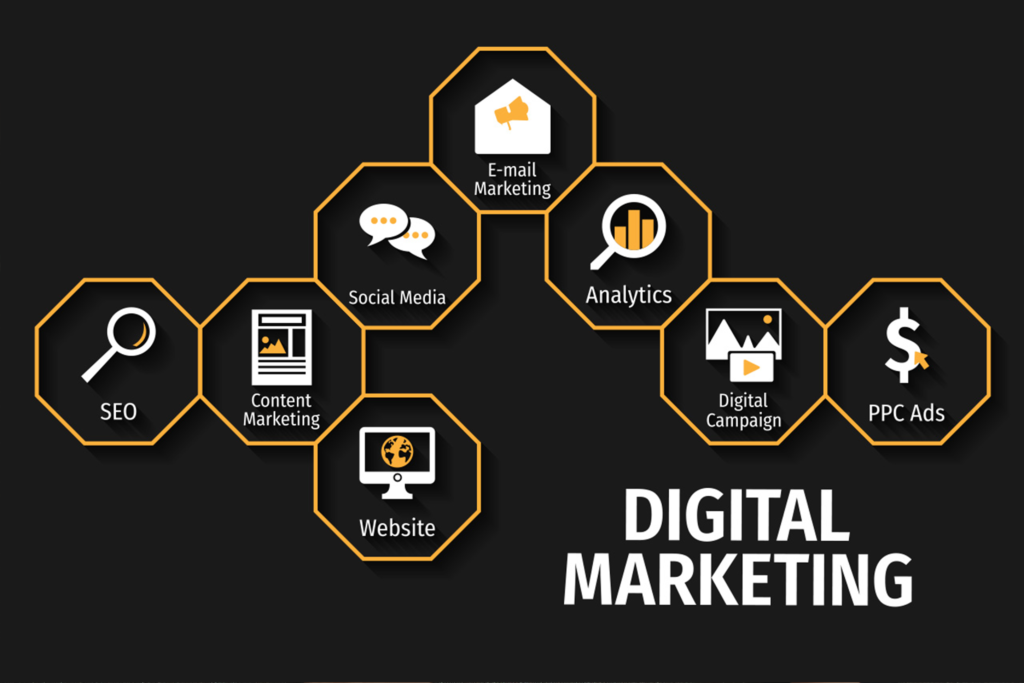In today’s competitive digital landscape, Pay-Per-Click (PPC) advertising has emerged as a powerful tool for businesses to reach their target audience, drive website traffic, and generate leads or sales. With its ability to deliver immediate results and precise targeting capabilities, PPC advertising offers businesses of all sizes a cost-effective way to maximize their online visibility and achieve their marketing objectives. In this comprehensive guide, we’ll explore the fundamentals of PPC advertising and provide actionable tips to help you harness the full potential of this dynamic marketing strategy.
What is Pay-Per-Click (PPC) Advertising?
Pay-Per-Click (PPC) advertising is a digital marketing model in which advertisers pay a fee each time their ad is clicked. This form of advertising allows businesses to bid on keywords related to their products or services and display ads to users who are actively searching for relevant information. PPC ads typically appear at the top of search engine results pages (SERPs) and on various websites and social media platforms, providing businesses with valuable exposure and opportunities to attract qualified leads and customers.
The Benefits of Pay-Per-Click (PPC) Advertising
- Immediate Results: Unlike organic search engine optimization (SEO), which can take time to produce results, PPC advertising offers immediate visibility and traffic to your website. With PPC campaigns, businesses can start driving targeted traffic to their website and generating leads or sales from day one.
- Precise Targeting: PPC platforms such as Google Ads and Bing Ads offer robust targeting options that allow businesses to reach their ideal audience with precision. Advertisers can target users based on demographics, interests, behaviors, and even specific keywords, ensuring that their ads are seen by the right people at the right time.
- Measurable ROI: PPC advertising provides advertisers with detailed analytics and performance metrics, allowing them to track the effectiveness of their campaigns in real-time. Advertisers can monitor key metrics such as clicks, impressions, conversions, and cost-per-acquisition (CPA) to measure their return on investment (ROI) and make data-driven decisions to optimize their campaigns.
- Flexible Budgeting: PPC advertising allows businesses to set their own budget and bidding strategy, giving them full control over their advertising spend. Whether you’re a small business with a limited budget or a large enterprise with substantial resources, PPC advertising can be tailored to suit your budget and objectives.
- Enhanced Brand Visibility: PPC ads appear prominently at the top of search results pages, making them highly visible to users searching for relevant information. By appearing at the top of search results, businesses can increase their brand visibility, awareness, and credibility, driving more traffic to their website and attracting new customers.
Key Elements of a Successful PPC Advertising Strategy
- Keyword Research: Conduct thorough keyword research to identify relevant keywords and phrases that your target audience is searching for. Use keyword research tools to uncover search volume, competition levels, and potential opportunities to target high-value keywords.
- Ad Copy Optimization: Create compelling ad copy that entices users to click on your ads and visit your website. Use attention-grabbing headlines, clear calls-to-action (CTAs), and relevant keywords to improve ad relevance and maximize click-through rates (CTR).
- Landing Page Optimization: Design and optimize landing pages that align with your PPC ads and provide a seamless user experience. Ensure that your landing pages are mobile-friendly, fast-loading, and optimized for conversions to maximize the effectiveness of your PPC campaigns.
- Targeting and Bidding Strategy: Develop a targeted bidding strategy based on your campaign objectives, budget, and target audience. Experiment with different bidding strategies, such as manual bidding, automated bidding, and bid adjustments, to achieve your desired results while maximizing your ROI.
- Ad Extensions: Take advantage of ad extensions to enhance the visibility and functionality of your PPC ads. Ad extensions such as sitelinks, callouts, and location extensions provide additional information and opportunities for users to engage with your ads, increasing their effectiveness and relevance.
- Conversion Tracking and Optimization: Implement conversion tracking to monitor and measure the actions that users take after clicking on your ads, such as form submissions, purchases, or phone calls. Use conversion data to optimize your campaigns, identify areas for improvement, and allocate your budget more effectively to campaigns that drive the highest ROI.
Conclusion
Pay-Per-Click (PPC) advertising offers businesses a powerful way to reach their target audience, drive website traffic, and achieve their marketing objectives with precision and efficiency. By developing a well-planned PPC advertising strategy and leveraging the targeting capabilities and analytics tools available, businesses can maximize their online visibility, attract qualified leads, and drive meaningful results for their brand.
Ready to elevate your PPC advertising strategy and drive tangible results for your business? Contact us today to learn how our team of PPC experts can help you develop and execute a customized PPC advertising strategy tailored to your unique business goals.

